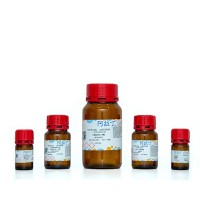Statistical Analysis of ELISPOT Assays
互联网
542
Cytokine ELISPOT assays have emerged as a powerful tool for the detection of rare antigen-specific T cells in freshly isolated cell material, such as blood. While ELISPOT assays allow one to directly visualize and count extremely low frequencies of cytokine-secreting T cells among millions of nonsecreting bystander cells, the interpretation of ELISPOT data can become ambiguous when (a) spot numbers in antigen-containing wells are low, (b) spot counts in negative control wells are elevated, and particularly (c) when both of the above occur simultaneously. Thus, the primary task, even before statistics are employed, must be the optimization of the basic assay parameters and reagents such that the assay yields low background signal in the negative-control wells and the maximal number of antigen-induced spots in test wells, i.e., the signal-to-noise ratio is maximized. Furthermore, the use of proper spot-size gating parameters for data analysis is indispensable for screening out irrelevant background spots, and thus increasing the signal-to-noise ratio. The goal of most ELISPOT experiments is to identify positive T-cell responses as defined by a significantly elevated spot count in antigen-stimulated wells over the nonstimulated medium-control or negative-control antigen. In this chapter, we conclude that – with some limitations – the T -Test and related statistical methods which rely on the assumption of normal distribution are suitable for identifying positive ELISPOT results.







